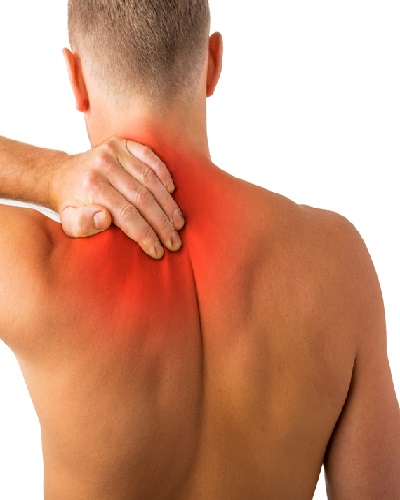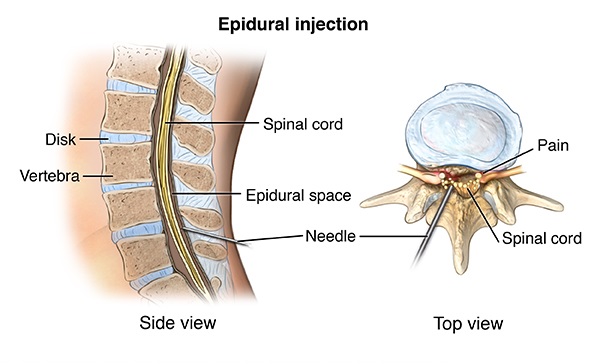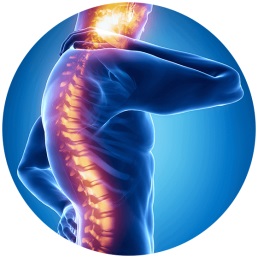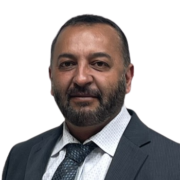Back & Neck Pain Symptoms & Treatment Options
According to the National Institute of Health, over 80% of adults will experience back pain at some point during their lifetimes. Sick leave and lost productivity at work can be attributed to back pain more often than to any other physical illness or disability. Even worse still, back pain can force you to squander time with your family and prevent you from enjoying life.
Physical symptoms can accumulate and evolve into unemployment, anxiety, depression, and isolation. We all know that these sociological and mental consequences are not usually the elements of a happy, productive life.
Back pain can range from a mild soreness to an incapacitating pain. The location and nature of back pain can also vary widely from person to person. Variables such as genetics, age, occupation, and lifestyle contribute to the unique set of circumstances that cause back pain. Moreover, many different conditions can arise, which will require highly specialized treatment. Your surgeon may need to replace damaged intervertebral discs, fuse unstable vertebrae, or remove bone spurs. Whatever the source of your back pain, you can rest assured we can provide the correct treatment for you.
Major Types of Back & Neck Pain
Because of the endless circumstances that lead to back pain, spinal problems can present themselves in a variety of ways. Specifically, two of the most common locations for chronic back pain include the lower back and the neck.
Lower Back Pain
The lumbar spine, more commonly referred to as the lower back, is exceedingly susceptible to degeneration, injury or damage and pain. In particular, your lumbar spine supports a majority of the body’s weight and movement, making it especially vulnerable disease. Conditions such as spondylolisthesis, bulging or herniated discs, and spinal stenosis are common causes of back . Symptoms can include mild to severe localized pain, radiating pain down the legs, pain with activity and tingling or stiffness in the low back.
Neck Pain
The cervical area or neck is the most flexible and mobile section of the spine. Formally referred to as the cervical spine, our neck supports our head and allows for its movement. Furthermore, the head moves in a variety of directions that assist us in our everyday life. Because we use it so much, our neck can easily become damaged with aging, overuse, or trauma. Common conditions that plague the neck include damaged discs, spinal stenosis, spondylolisthesis, and flexion extension injury (whiplash). General symptoms include pain, numbness, decreased painful range of motion or lack of mobility (weakness or paralysis).
When Back & Neck Pain Becomes A Problem
Unfortunately, everyone will experience minor back pain as a part of everyday life. Whether you slept in an awkward position, pushed it a little too hard at the gym, or awkwardly lifted that box, back pain will inevitably occur. However, given rest and time, many instances of back pain will heal naturally. Yet for a select few, chronic back pain will necessitate medical evaluation.
If your back pain becomes progressively worse or limits your functioning, seek the advice of a board-certified physician. If symptoms such as radiating pain, numbness, or immobility accompany your pain, your condition may be more serious. Don’t hesitate to request a second opinion.
In the midst of all this talk of pain and incapacitation, there is some good news. Modern medicine has developed a multitude of exciting treatment possibilities and minimally invasive interventions. Depending on the source and intensity of your back pain, you may benefit from treatment by Dr. Matin, call us.
Need a second opinion?
Tired of trying therapies and injections that won’t work?
Contact us for immediate help!
More about Dr. Matin
Back & Neck Pain Treatment Options
Back & neck pain can be treated by Dr. Martin, give us a call to schedule an appointment.
We will provide different options of treatment.
Pain Medications
A first step in the treatment of back pain, your physician may recommend over-the-counter medications or muscle relaxers and topical anti-inflammatory creams and patches. Furthermore, if your pain is extreme, your doctor may recommend and attempt stronger prescription pain medications for you. This might facilitate completion of a therapy program or regime to help with your recovery and healing process.
Physical Therapy
Working with a physical therapist can help you develop tools for combatting back pain. Developing a regimen of stretches, strength-building exercises, hot/cold therapies, and rest, you can combat the weakness that often accompanies and intensifies back pain.
Minimally Invasive Spine Surgery
Modern advances in surgical approaches and techniques have provided many individuals long lasting results. Minimally invasive surgical techniques facilitate faster recovery and no hospital stay (or same day procedure surgery), with outcome improvements and faster relief.
Laser Spine Surgery
With state-of-the-art, minimally invasive Laser Spine Surgery, you can achieve pain relief through the use of light emission. This technique employs a bright beam of light to address and remove any damage cartilage, relief nerves, and treat pressure that debilitates your back.






